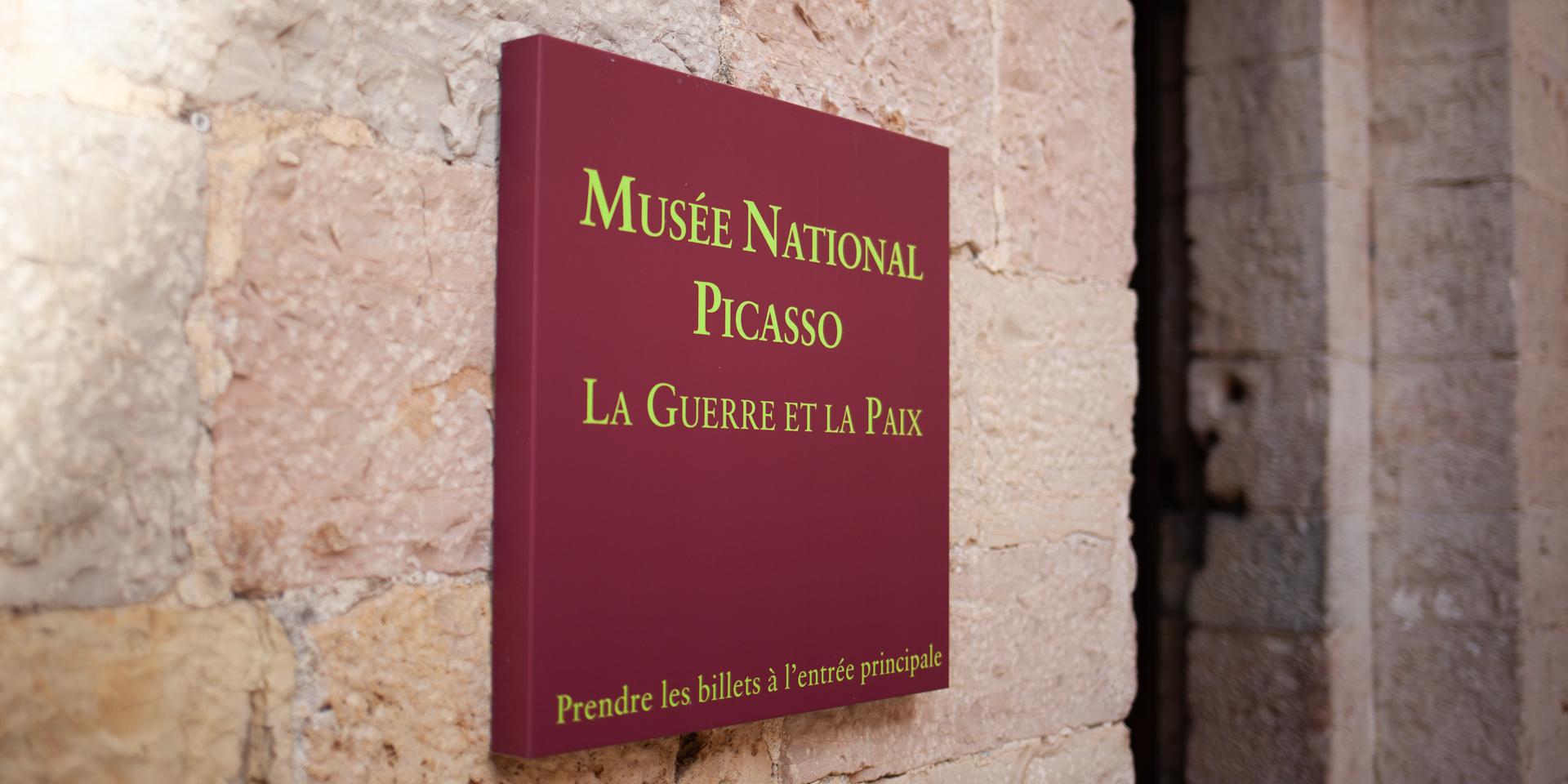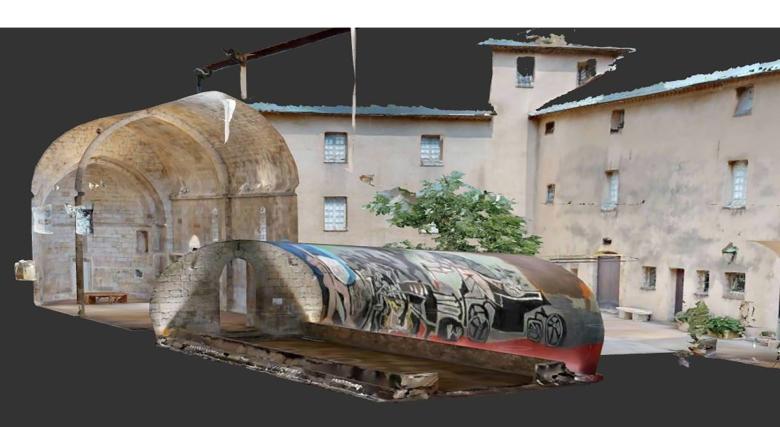Over the summer, the Musée National Pablo Picasso, La Guerre et la Paix is showcasing an exceptional collection of works on loan from the Musée National Picasso - Paris, featuring five three-dimensional ceramic and bronze pieces connected to the murals painted in the chapel.
The chapel in Vallauris is one of the most significant museums dedicated to Picasso and his legacy. In 1959, the artist donated his War and Peace masterpiece to the French state. The Musée National Picasso-Paris reopened in the autumn of 2014 after several years of renovation, and is celebrating its 30 th anniversary this year. For the occasion, it was deemed essential to bring these two institutions dedicated to Picasso's work closer together. In addition, it seemed particularly pertinent to give pride of place to the artist's work in Vallauris, where he lived from 1948 to 1954 and where he created one of his masterpieces for the
castle's chapel, War and Peace.
In the wake of the Second World War, Picasso moved to the Mediterranean coast, transforming the rooms of the castle in Antibes into his private studio for a few months in 1946. The paintings and drawings produced during that time are now the crown jewels of the Picasso museum in Antibes' collection, exuding a new sense of serenity expressed through various mythological and Mediterranean themes. In the spring of 1948, Picasso moved to Vallauris, a town renowned for its pottery. He took up residence in the La Galloise villa, and a year later rented a studio in a former fragrance factory in Le Fournas.
His Vallauris period (1948-1954) was a time of intensive productivity that resulted in a series of drawings and engravings, and especially allowed him to develop his ceramic and sculptural work. In 1946, Picasso visited the Madoura studio in Vallauris for the first time, where he met Suzanne and Georges Ramié. He threw himself heart and soul into his ceramic work. Drawing on the most traditional forms of utilitarian pottery, he created astonishing combinations of colour and texture and transformed or metamorphosed recipients and other objects into animals, birds and human figures. Picasso was deeply attached to the town and people of Vallauris. He celebrated his 70 th birthday with a huge public party held in the castle's chapel. He also gave the town a gift of a bronze copy of Man with a Lamb, which was first placed in the chapel before being moved to the market square. Vallauris also allowed him to fulfil one of his greatest ambitions: to decorate the chapel, sharing a pacifist, humanist message with the general public in the aftermath of the war. He worked on the piece from 1952 to 1954, and War and Peace can be found in the Vallauris national museum, in the castle's deconsecrated chapel.
Curators
Anne Dopffer, general curator of heritage and head of the Musées Nationaux du XXe Siècle des Alpes-Maritimes
Sarah Ligner, curator of heritage at the Musée National Marc Chagall
Every day except Tuesday from 10am to 12.15 pm and from 2 pm to 5 pm.
In July and August, every day from 10 am to 12.45 pm and from 2.15 pm to 6.15 pm
Full rate €4, reduced rate €2, group rate €2 (groups of 10 or more), free for under-26s (EU) and for all on the first Sunday of every month.
Single ticket for the Musée Magnelli, Musée de la Céramique


